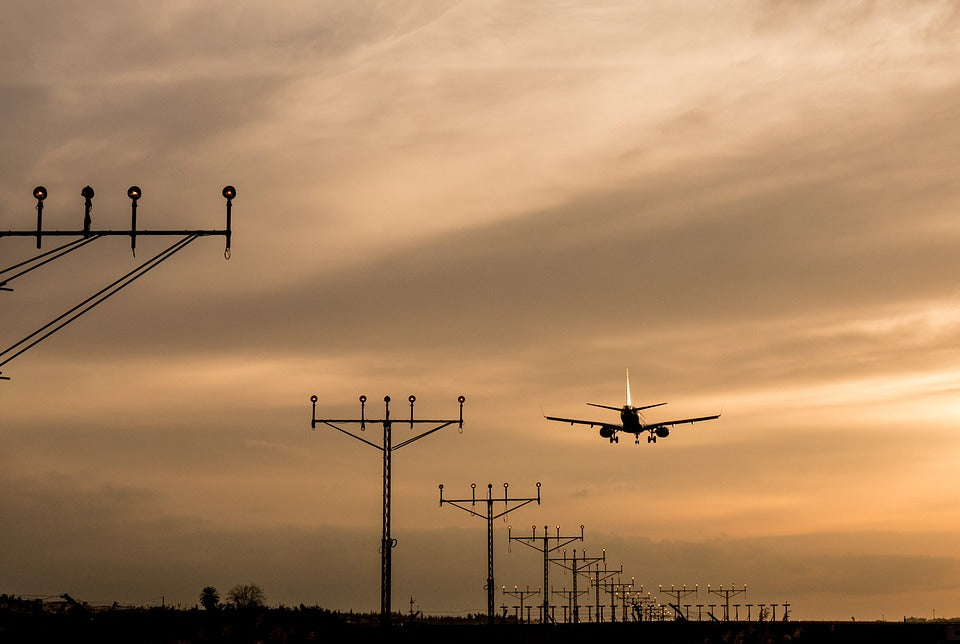Offer
Provide additional details about the offer you're running.
Provide additional details about the offer you're running.
Provide additional details about the offer you're running.

The Snowy Owl is a magnificent raptor to view in the wild that traditionally is only visible outside of the bitter arctic tundra for a select few months of the year. Easily identified with their snow-white plumage, these owls are sought after during the winter months by birders across Canada and a large portion of the northern United States.
It has been shown that there are in fact, particular locations that often yield the highest number of sightings during the winter months. They can be found in large numbers close to and near ocean and lake shorelines and in open farm fields foraging for their next meal.
Another favourite haunt of these owls, which has come to be public knowledge due to some unfortunate circumstances, are in and around some of North America’s busiest airports. The real unfortunate part of one of their favorite hunting and roosting grounds is the obvious risk to their health and safety.
With an airport’s wide expanses of open land, the environment mirrors that of the arctic tundra during the winter months, often causing more Snowy Owls to collide with humans and their inventions. Making for great hunting grounds, airport runways can be fatal locations for owls and most other birds for that matter.
Birds and airports have not mixed since the early days of aviation, posing a great risk to both their own lives, those within the aircraft and the vessel itself. This being said, most concerns air travel officials generally have are with birds that tend to travel in flocks like geese and as a group pose a real threat to the aircraft and its passengers.
Today, there are a number of programs and volunteers in place to attempt to curb the number of Snowy Owl plane strikes. Officials at New York City’s airports initially resorted to shooting these owls to try and curb their high numbers in recent years, and were scrutinized brutally for their actions and now more humane initiatives are in place.
Today volunteers set up shop at some of North America’s busiest airports and humanely remove and tag these beautiful birds for relocation. Research from the recent banding and removal campaigns at Boston’s Logan International Airport has proven that when the birds are relocated roughly 100 miles away from an airport, they do not return.
Thanks to the help of volunteers across our continent, Snowy Owls are now becoming more and more of a regular appearance for most of us residing below the arctic tundra. Let us know if you have had any sightings this year, we’d love to hear about it!
High Quality Blend